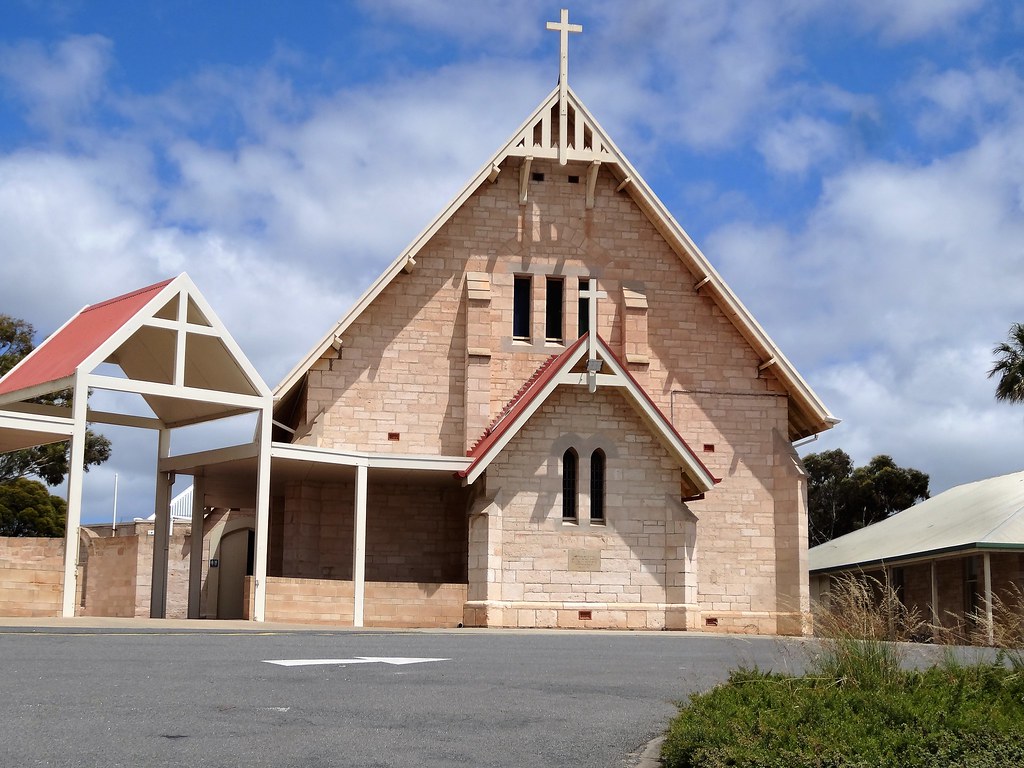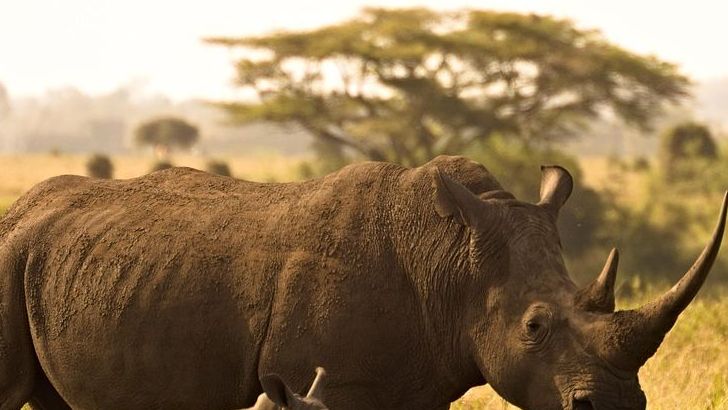Finland: The Pinnacle of Happiness

Finland has become a global symbol for happiness, topping the World Happiness Report again in 2025 with a score of 7.8 out of 10. Finnish society is built on trust, transparency, and a spirit of togetherness that is rare in the modern world. Nature is everywhere; more than three-quarters of the land is covered in lush forests, and the thousands of lakes offer peace and recreation. The Finnish education system is one of the best in the world, focusing on creativity, well-being, and individualized learning, which lessens stress among students. Healthcare is universal, and citizens are never left behind due to illness or financial troubles. Work-life balance is not just a slogan; employers and the government work together to ensure people have time to rest and enjoy life. The Finnish concept of “sisu,” meaning perseverance during adversity, keeps spirits high even through long winters. With low corruption, high safety, and a genuine connection to nature, Finland continues to be the gold standard for joyful living.
Denmark: A Model of Contentment
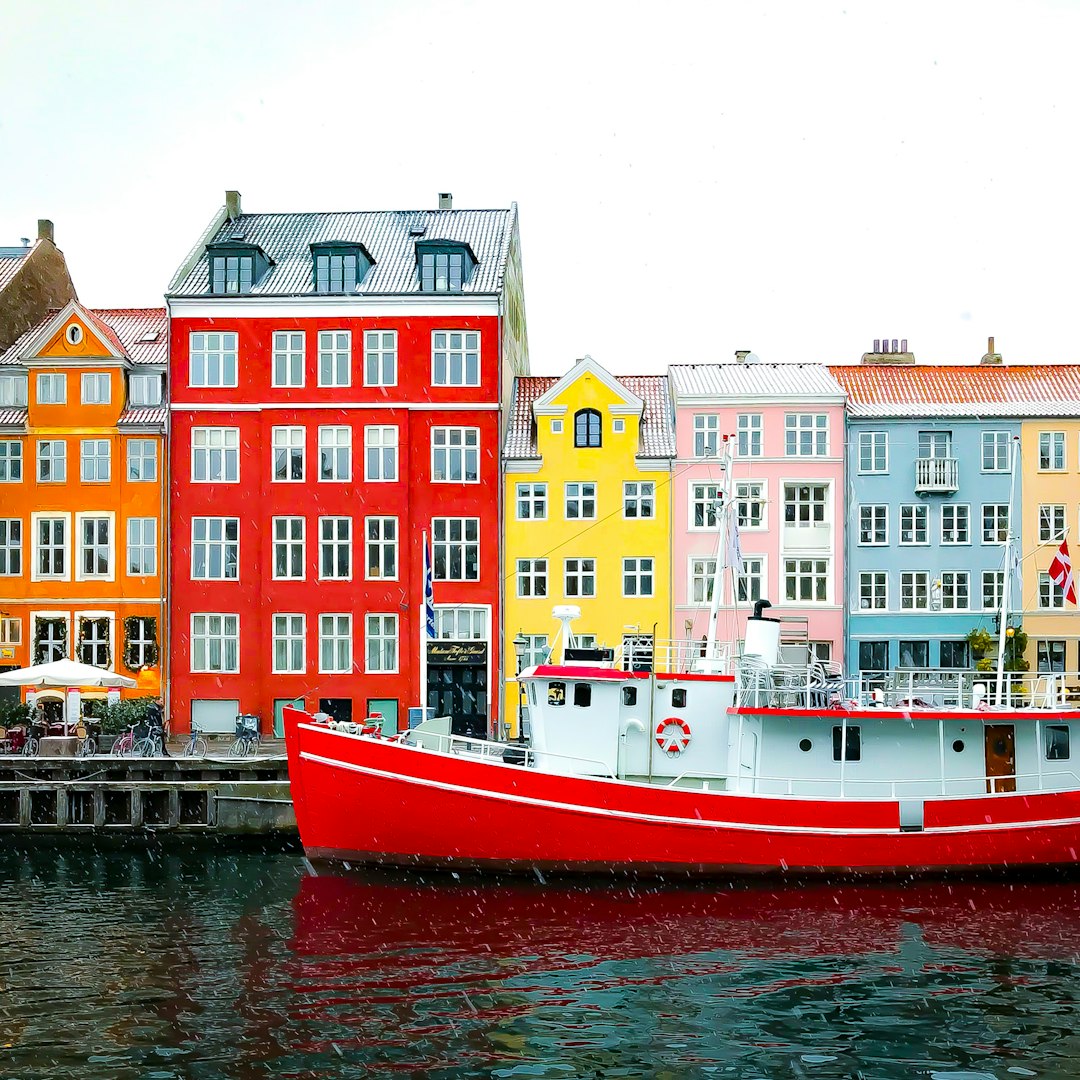
Denmark is famous for its warmth and sense of community, earning a happiness score of 7.6 in 2025. The Danish lifestyle is defined by “hygge,” which means creating a cozy, welcoming atmosphere in everyday life. Social services are extensive and high-quality, covering health, education, and unemployment, which removes much of the stress found in other societies. Denmark’s economy is robust, with low unemployment and strong job protections that help people feel secure. The country places a strong focus on gender equality, ensuring everyone has the same opportunities for work and family life. Environmental sustainability is a priority, with many Danes biking to work and green spaces throughout cities. Danish people are known for their friendliness and willingness to help others, creating close-knit neighborhoods. All these elements combine to make Denmark a truly joyful and secure place to live.
Switzerland: The Land of Prosperity

Switzerland stands out as a beacon of prosperity and well-being, achieving a happiness score of 7.5 in 2025. Its economy is one of the strongest in Europe, with high wages and some of the lowest unemployment rates in the world. The Swiss enjoy excellent healthcare and education, both of which are accessible to all residents and contribute greatly to life satisfaction. The stunning Alpine landscapes and sparkling lakes provide countless opportunities for relaxation, recreation, and inspiration. Switzerland’s long-standing political stability and neutrality give people a strong sense of safety. Social cohesion is strong, as people trust their government and each other, and the country’s focus on innovation keeps it at the forefront of progress. Sustainability is essential, with Swiss cities often ranking among the cleanest globally. For many, Switzerland’s blend of natural beauty and social order creates a life that feels both secure and fulfilling.
Iceland: Nature’s Paradise

Iceland is celebrated for its dramatic landscapes and tight-knit communities, reflected in its 2025 happiness score of 7.4. The country boasts universal healthcare and education, ensuring everyone has the basics for a good life. Gender equality is more than ideal; it’s a daily reality, with women holding significant positions in politics and business. Icelanders benefit from clean energy, as nearly all electricity comes from renewable sources, making the air and water exceptionally pure. Crime rates are very low, and the sense of safety allows children to play freely, even in city centers. The arts are vibrant, with music and literature deeply woven into national identity, offering residents creative outlets for joy. The connection to nature is central, with residents regularly hiking, bathing in hot springs, and marveling at the northern lights. Iceland’s unique blend of social support and natural wonder makes life there both peaceful and exhilarating.
Netherlands: A Happy Society
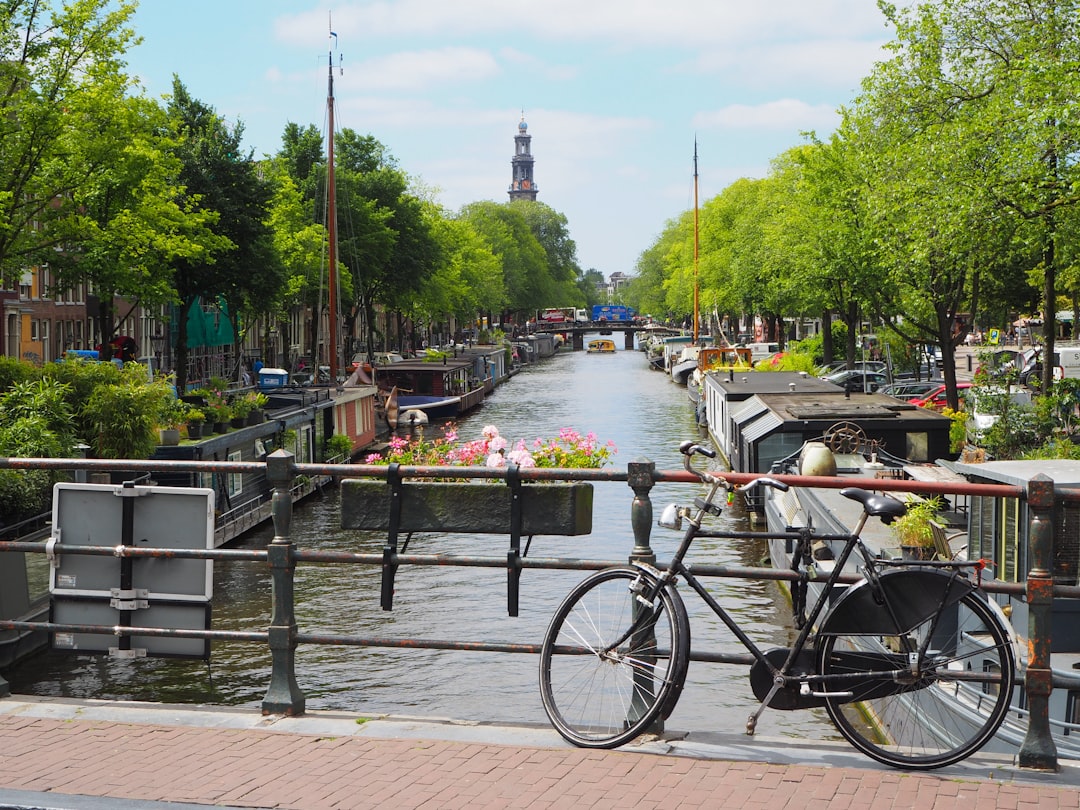
The Netherlands is known for its progressive and open-minded society, scoring 7.4 in the latest happiness rankings. Dutch cities are famous for their bike-friendly infrastructure, which not only keeps people healthy but also reduces pollution and stress. Social services are comprehensive, providing quality healthcare and education to all citizens without exception. Work-life balance is a deeply held value, with most people working reasonable hours and enjoying generous vacation time. The Dutch economy is strong, unemployment is low, and people feel secure in their financial futures. Cultural life thrives, with world-class museums, music festivals, and a rich tradition of art and design. Inclusivity and tolerance are embedded in daily life, making everyone feel welcome regardless of background. With its blend of urban convenience and rural charm, the Netherlands offers a joyful way of living that feels both modern and rooted in tradition.
Norway: A Land of Equality
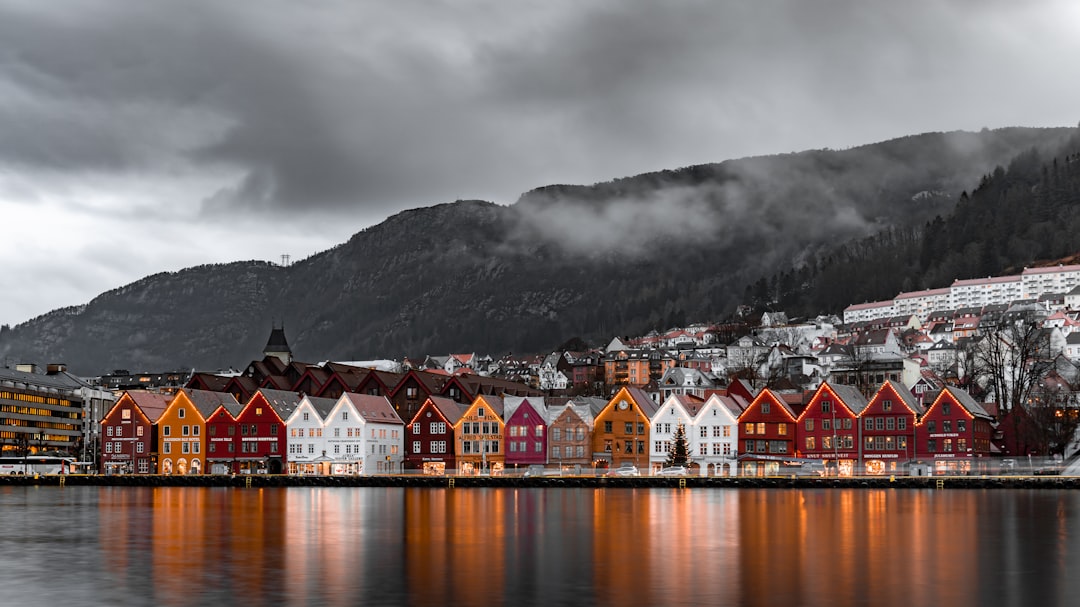
Norway continues its tradition of happiness with a score of 7.5 in 2025, thanks to its generous welfare state and stunning natural surroundings. The government provides universal healthcare, free education, and strong social safety nets, so people rarely worry about their basic needs. Equality is a core value, with policies that support fair opportunities for all citizens, regardless of gender or background. The scenery is breathtaking, from majestic fjords to snow-capped mountains, offering residents plenty of space for relaxation and adventure. Norwegians enjoy one of the highest standards of living in the world, with high wages and low unemployment. The emphasis on environmental sustainability is clear, as Norway continues to invest in renewable energy and green technologies. Community life is important, with many local festivals and traditions bringing people together throughout the year. This combination of economic security, natural beauty, and social trust makes Norway a joyful place to call home.
Sweden: A Leader in Happiness
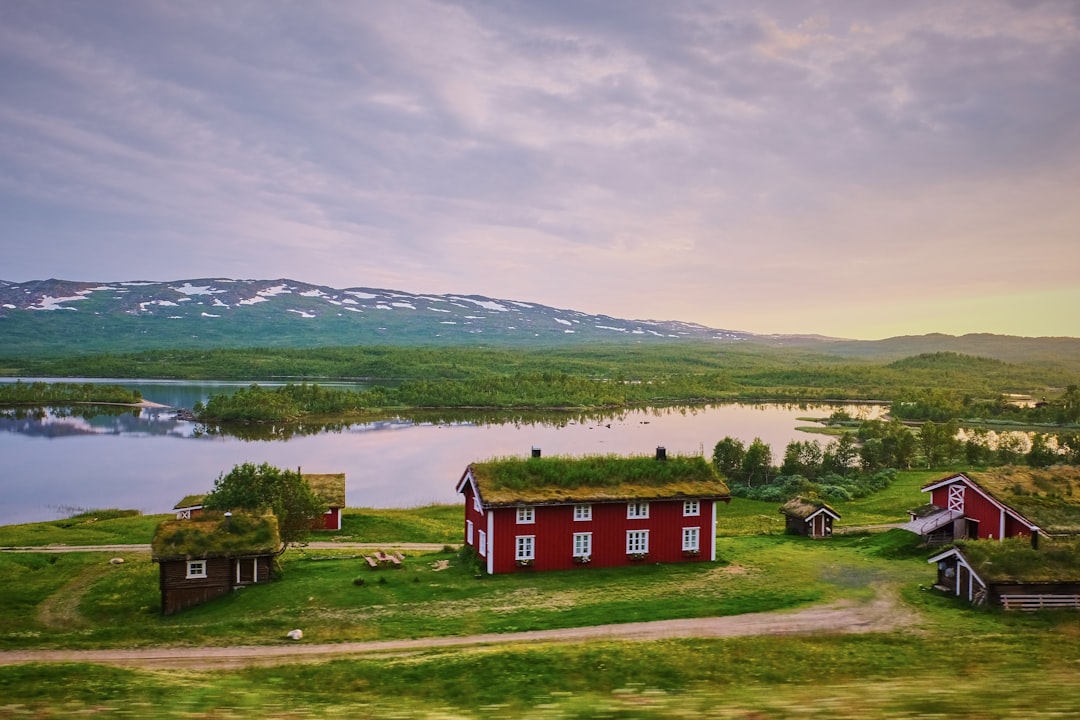
Sweden’s happiness score of 7.4 in 2025 reflects a society built on fairness, innovation, and well-being for all. The social welfare system is extensive, covering healthcare, education, and parental leave, so families and individuals feel supported at every stage of life. Gender equality is not just an idea; it’s practiced daily, with women holding leadership positions in business and government. The country’s cities are clean and well-organized, and green spaces are plentiful, offering residents a chance to recharge in nature. Sweden’s economy is strong, with low unemployment and high job security, making people feel stable and optimistic. Work-life balance is encouraged, so people have time for family, hobbies, and relaxation. The arts and culture scene is lively, with music, film, and literature playing a central role in everyday life. This holistic approach to happiness ensures that Swedish people enjoy a high quality of life year-round.
New Zealand: A Breath of Fresh Air
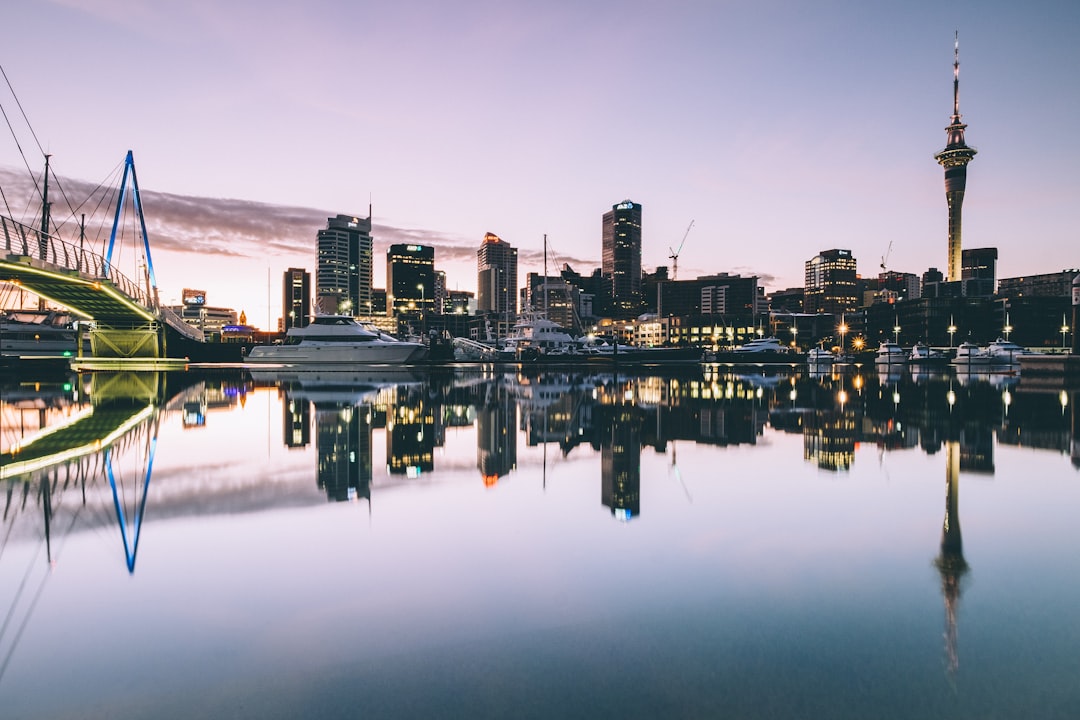
New Zealand is often described as one of the world’s most beautiful countries, and its happiness score of 7.3 in 2025 confirms that beauty truly lifts spirits. The spectacular landscapes, from rolling green hills to rugged mountains and clear beaches, provide endless opportunities for outdoor activities. Healthcare and education are accessible and of high quality, helping people feel secure and hopeful about their futures. The sense of community is strong, as New Zealanders, or “Kiwis,” support each other during both good times and crises. Environmental sustainability is a top priority, with many initiatives to protect native wildlife and reduce carbon footprints. The economy is stable, unemployment is low, and people generally feel confident in their financial situations. Art, music, and indigenous Maori culture enrich daily life, making it colorful and meaningful. This blend of natural wonder and community spirit makes New Zealand exceptionally joyful.
The Saddest Countries to Skip: Afghanistan
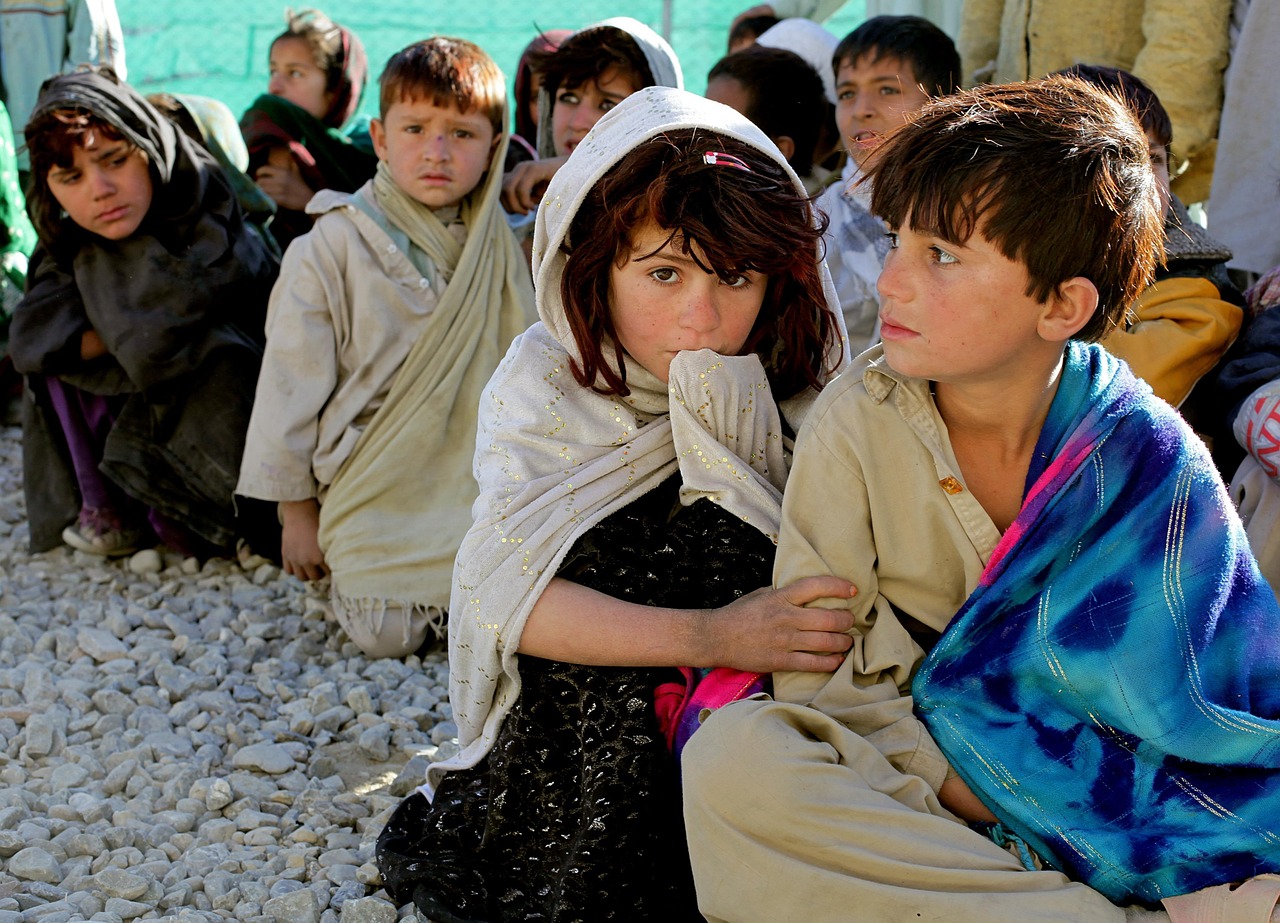
Afghanistan remains one of the world’s unhappiest places, with a dismal happiness score of only 2.5 in 2025. Years of conflict and instability have devastated the country’s economy and infrastructure, leaving most people in poverty. Access to healthcare is extremely limited, with hospitals and clinics underfunded and undersupplied. Education is a struggle, especially for girls, as many schools are closed or unsafe, leading to low literacy rates. Social support systems are almost non-existent, and people often feel isolated or helpless. Discrimination and violence against women and minorities are widespread, adding to the general sense of despair. Basic daily needs, like safe drinking water and reliable electricity, are often unmet for millions. For many, living in Afghanistan means coping with fear and uncertainty on a daily basis.
The Saddest Countries to Skip: South Sudan

South Sudan scores only 3.0 on the happiness index, reflecting the ongoing turmoil and hardship faced by its people. Civil war and ethnic violence have displaced millions, creating one of the world’s largest refugee crises. Access to basic services like food, clean water, and healthcare is severely limited, and malnutrition is a constant threat. Schools are few and far between, making education a distant dream for many children. The economy is in ruins, with rampant inflation and widespread unemployment, leaving families struggling to survive. Social support networks are weak due to long-standing conflict and distrust. Women and children are especially vulnerable, facing high rates of violence, exploitation, and trauma. Life in South Sudan is marked by daily challenges that make happiness hard to find.
The Saddest Countries to Skip: Central African Republic

The Central African Republic is often ranked among the world’s saddest countries, with a happiness score of just 3.1. Years of instability and violence have destroyed infrastructure and led to extreme poverty for most of the population. The healthcare system is almost non-existent, resulting in high rates of preventable diseases and deaths. Schools are rarely open or functional, so many children grow up without any formal education. Social cohesion is weak, as communities are fractured by conflict and fear. Discrimination and violence, particularly against women and minorities, are widespread and largely go unpunished. Basic necessities like food, shelter, and clean water are beyond reach for many families. Daily life in the Central African Republic is a constant struggle, leaving little room for joy or hope.


